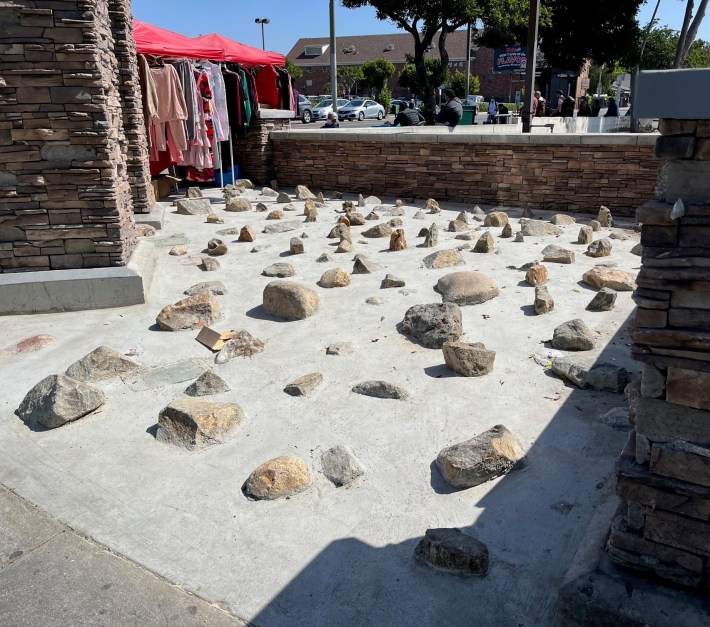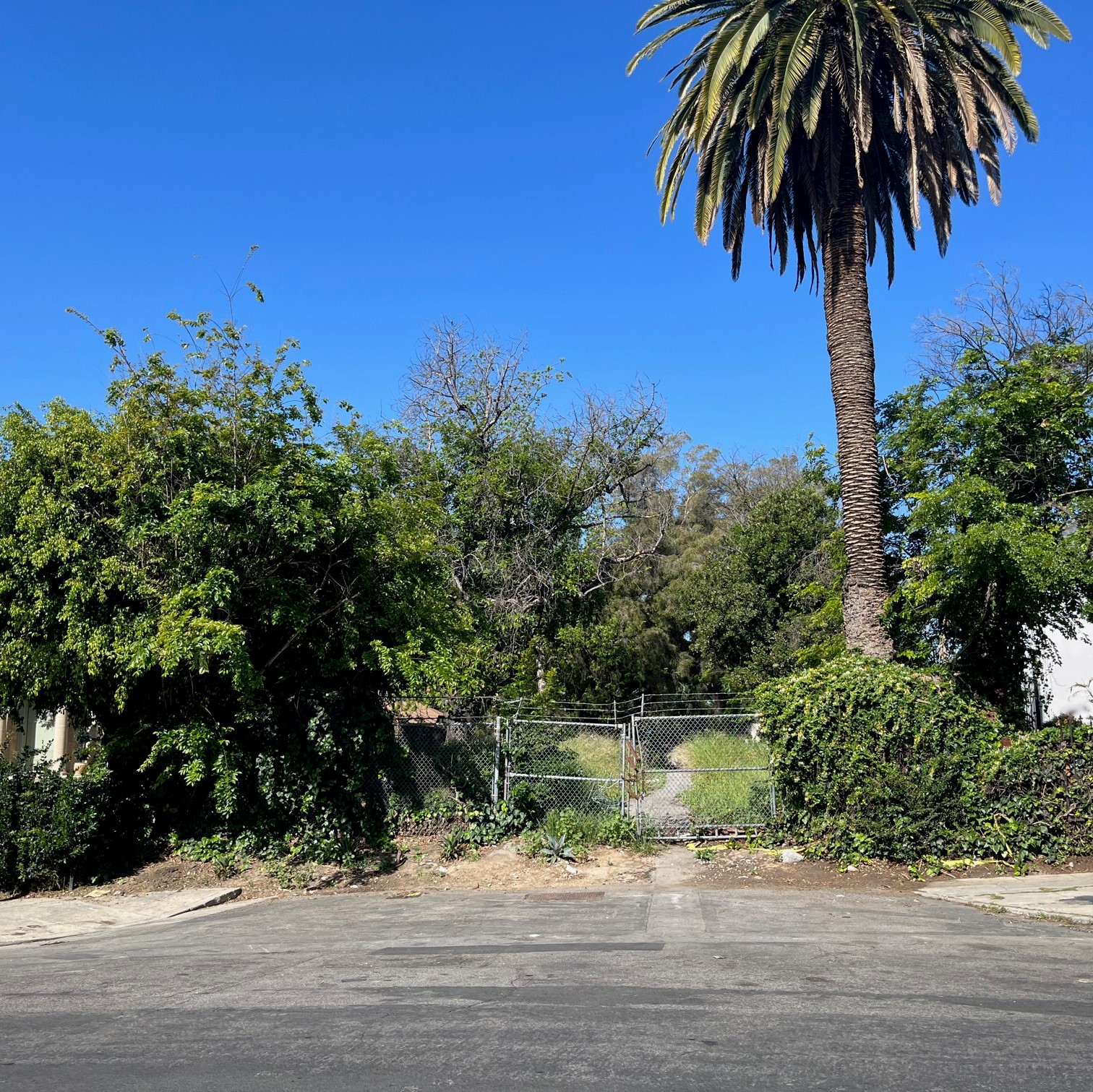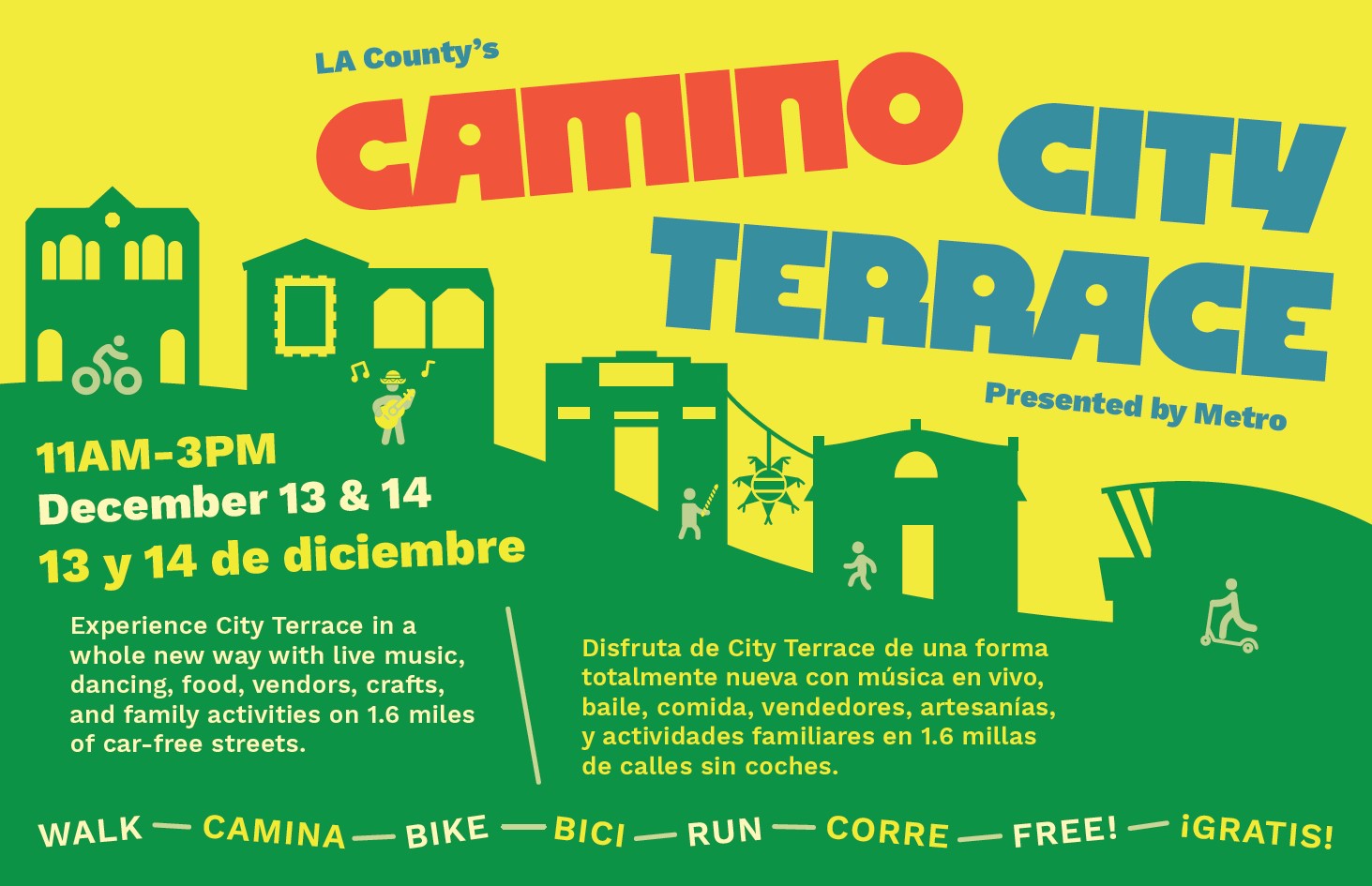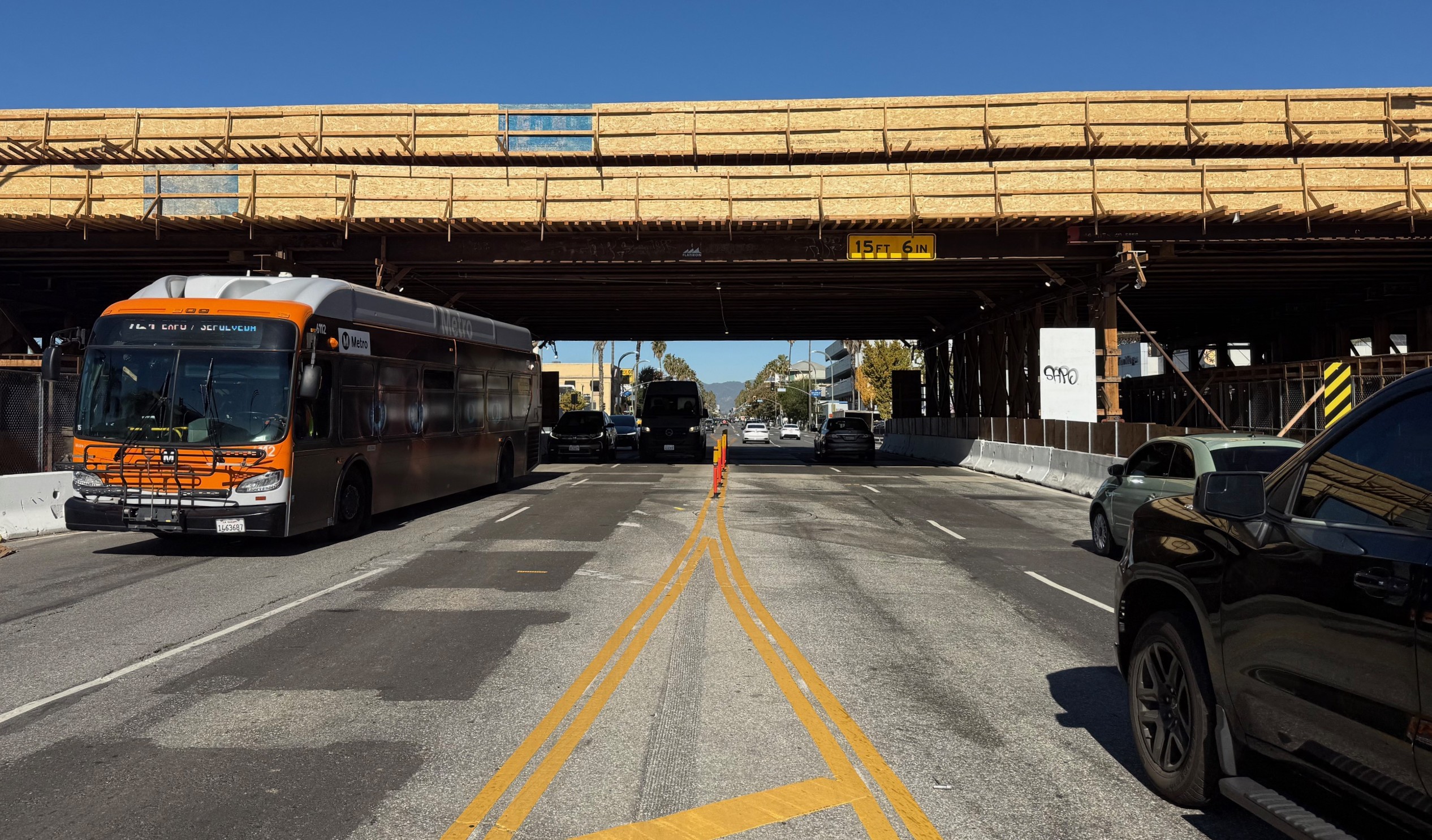Westmoreland Avenue's rocks are gone.
Streetsblog had been following up with city staff, trying to get a status on when and if the city was planning to clear the rocks. Then, yesterday, Streetsblog bicycled around the corner and noticed that the rocks were gone. No word yet on whether they were cleared by the city, or by whomever had them placed there.

Streetsblog first reported on the Westmoreland Avenue rocks on January 31. They were apparently placed by a nearby homeowner, but SBLA hasn't been able to confirm that either. It is pretty clear that, like other large rocks placed in L.A.'s public rights-of-way, they were there to keep unhoused Angelenos from camping, though they also partially obstructed sidewalk and street areas traveled by people on foot and in wheelchairs.
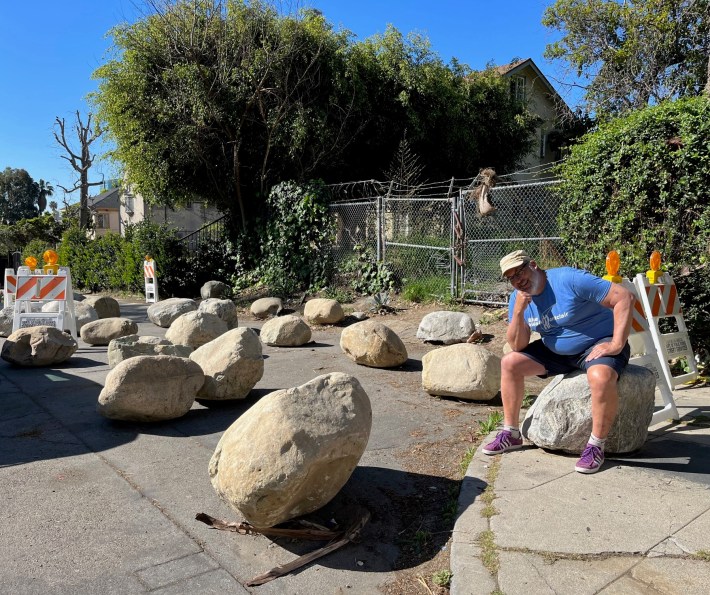
After Streetsblog broke the rock news, other media - including CBS2, ABC7, and Fox11 - picked up the story, hyperbolically upgrading the two-to-three-foot tall rocks to "mysterious large boulders” causing a “crisis in Koreatown.” The city of L.A. soon posted a notice that it would clear the rocks. At the scheduled time and date in February, city trucks and crews showed up, but couldn’t access the rocks due to parked cars.
Now they're gone.
The rocks didn't solve Koreatown homelessness. Get involved with groups like Ktown for All and PATH to help with that.
But the Westmoreland rocks apparently inspired other, more recent, unhoused-hostile copycat installations nearby. The two examples below are within a half-dozen blocks of the Westmoreland rocks; both appear to be on private property, not in the city right-of-way.
